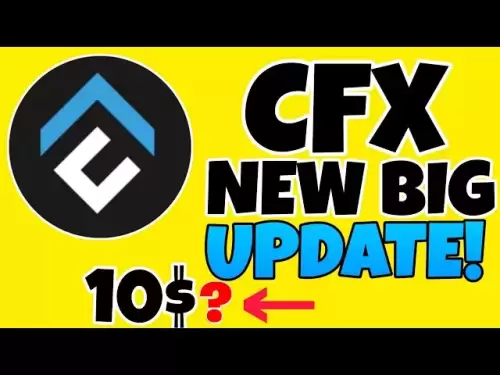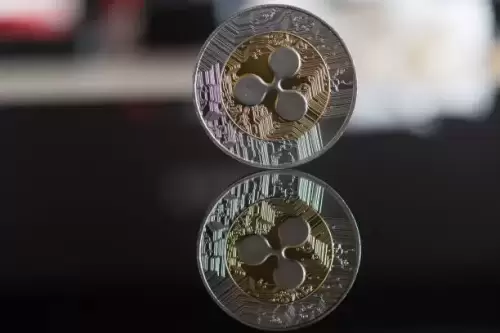 |
|
 |
|
 |
|
 |
|
 |
|
 |
|
 |
|
 |
|
 |
|
 |
|
 |
|
 |
|
 |
|
 |
|
 |
|
By Charles Morgan and Hubert Walker for CoinWeek Notes ….
The Presidential Dollar Coin Act (Public Law 109-145) was signed into law by President Bush on December 22, 2005. The legislation authorized the striking of up to 1.5 billion $1 coins in 2007 and 2008 to be released at a rate of four per year beginning in 2007. The goal was to improve circulation of the $1 coin, create a new bullion coin, and generate interest in U.S. history and coinage.
The series kicked off with coins honoring George Washington, John Adams, Thomas Jefferson, and James Madison, each in copper-nickel. Each coin in the series features a unique obverse design and the standard Presidential Seal reverse. The first four coins were released at the U.S. Mint in Philadelphia on January 17, 2007.
The act also authorized the striking of a $10 First Spouse coin in 10-karat gold to be sold at face value plus shipping and handling. The First Spouse coin program began in 2008 with a coin honoring Martha Washington.
The Presidential Dollar Coin Act was set to expire on December 18, 2011, but in December 2010, Congress passed legislation extending the program for another decade. The legislation also authorized the striking of five Presidential Dollar coins in 2012 to make up for the shortfall in production during 2009 when the government was shut down for a portion of the year.
After the excitement of the Presidential Dollar series’s initial rollout waned and the hunt for the so-called “Godless Dollars” dried up, the series plodded along as coins honoring the nation’s lesser-known Chief Executives rolled out with little public interest at a pace of four designs per year. The most aspirational objective of the Presidential Dollar Coin Act (Public Law 109-145), which Congress passed into law on December 22, 2005, was “to improve circulation of the $1 coin, [and] to create a new bullion coin”. As a circulating coin, this goal failed to materialize, and the accompanying $10 Gold First Spouse Coin floundered when rising gold prices pushed many collectors out of the series.
Of course, coins honoring popular Presidents were more marketable, and with the 2015 issues came two popular POTUS coins, one honouring World War II Allied Supreme Commander turned politico Dwight D. Eisenhoewer and the other honouring America’s fallen icon, John F. Kennedy.
Joel Iskowitz based his design on Aaron Shikler’s official portrait of Kennedy, which the artist unveiled in 1971. Shikler depicted Kennedy in a contemplative pose, with his arms crossed, his head bowed, and his eyes downcast. This representation of the nation’s 35th President starkly contrasts with Gilroy Roberts’s Kennedy Half Dollar design, which the Mint released within months of the assassination and shows a forever youthful and determined Kennedy facing to the left. On that coin, the reverse shows the Presidential Seal. On the Presidential Dollar, the Kennedy portrait is paired to a reverse that depicts a skyward view of the Statue of Liberty. Both couplings are appropriate, but with the Prexibuck, the directional perspective on both sides presents an unexpected symmetry.
Collecting the 2015-D John F. Kennedy Presidential $1 Coin
The United States Mint struck more Kennedy Presidential Dollars than any other 2015 Presidential Dollar design. Still, the Federal Reserve did not order them, and therefore, none of the coins entered circulation. This means that nearly the entire mintage survives in Mint State, and even with attrition, millions of examples will survive over the coming decades. Fresh-looking coins, however, may begin to pose a problem as golden dollars tend to tarnish. Unfortunately, this can be true even for coins in certified holders. For this and the Sacagawea / Native American Dollar series, proper storage is a must!
Raw 2015-D Kennedy Dollars in rolls or flips if affordability is the deciding factor. The going rate for a loose coin is about $3.50. Certified coins will cost more, but the cost to certify coins is usually higher than their retail value. Typically, dealers will submit the coin in bulk during the launch window to try to offset this disparity and sell the higher-grade coins for more.
eBay prices realized for coins certified MS67 have been all over the place in 2025, with some selling for as little as $14 and others selling for as high as $90. We’re inclined to believe the lower price points are also in line with what the 2015-P Kennedy Presidential Dollar has been selling for lately. This price disparity should serve as a caution
Disclaimer:info@kdj.com
The information provided is not trading advice. kdj.com does not assume any responsibility for any investments made based on the information provided in this article. Cryptocurrencies are highly volatile and it is highly recommended that you invest with caution after thorough research!
If you believe that the content used on this website infringes your copyright, please contact us immediately (info@kdj.com) and we will delete it promptly.




























































